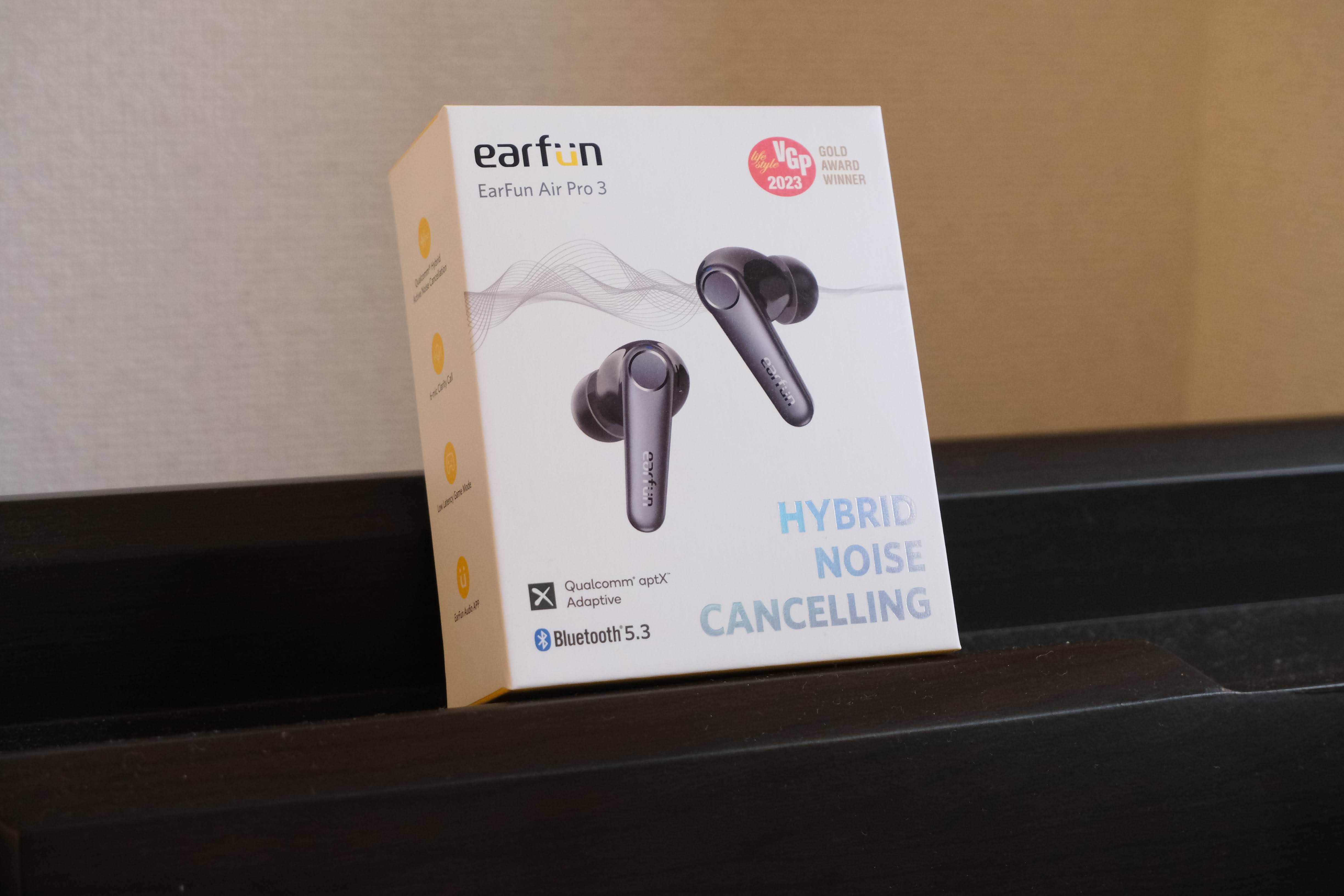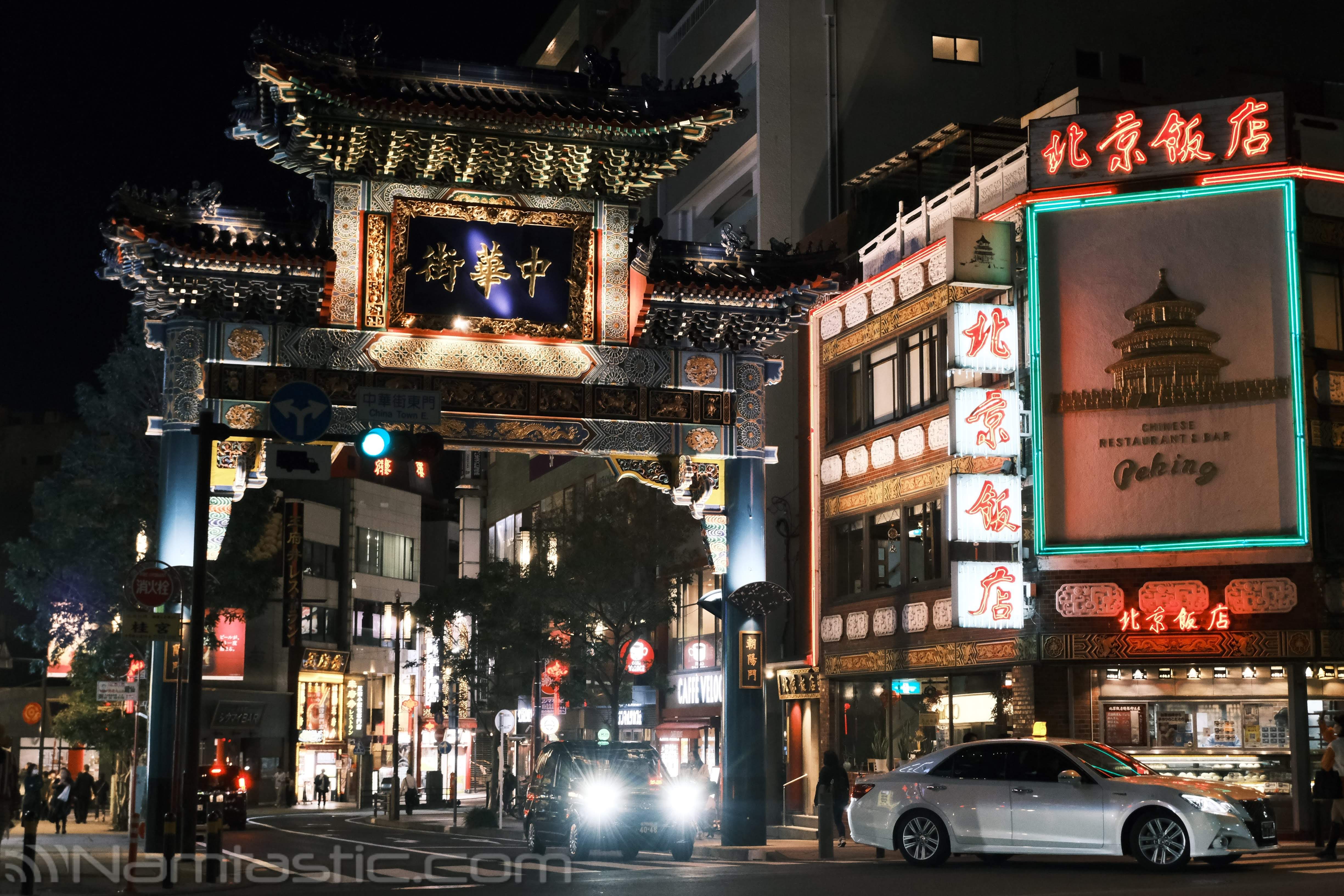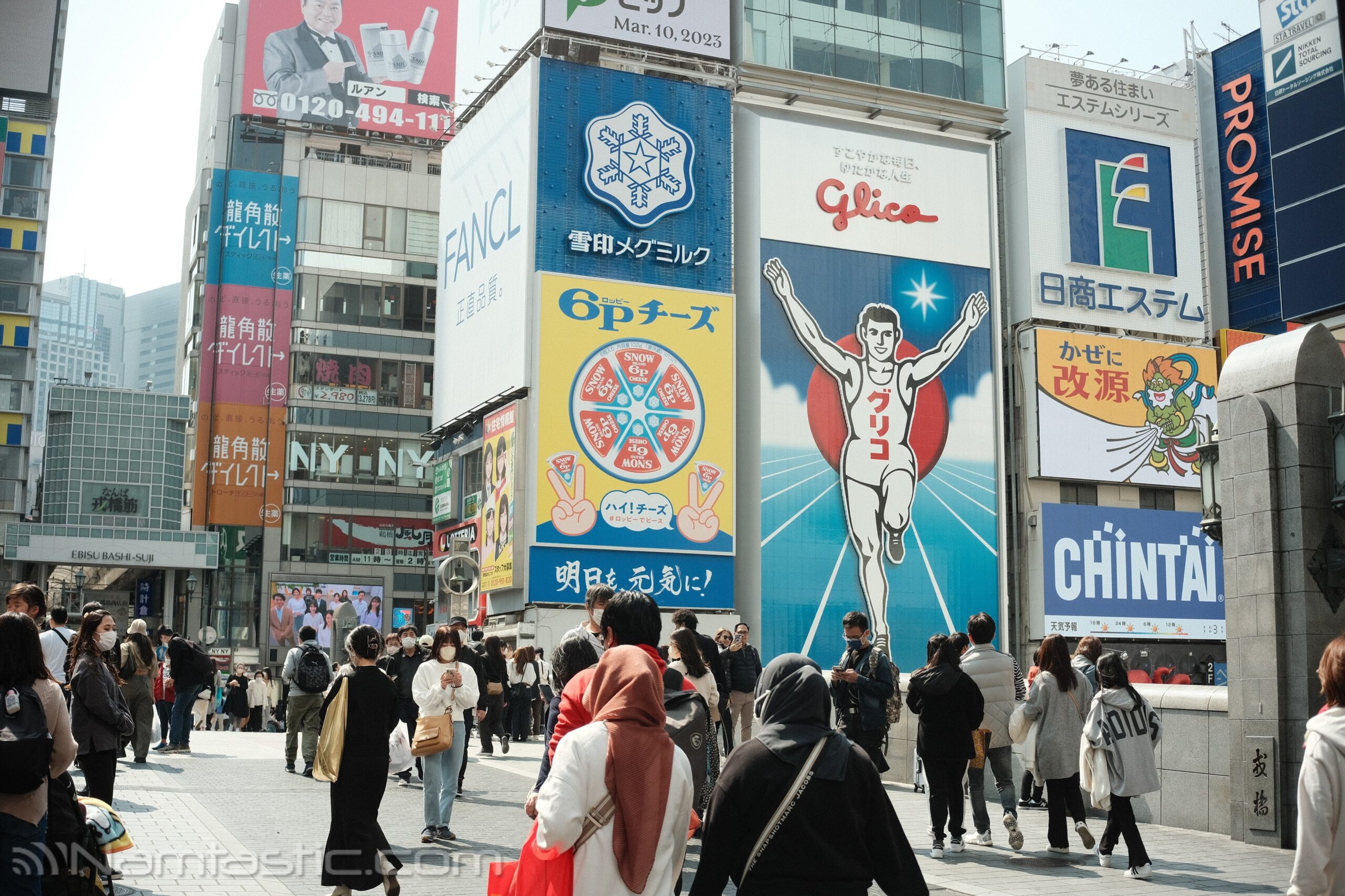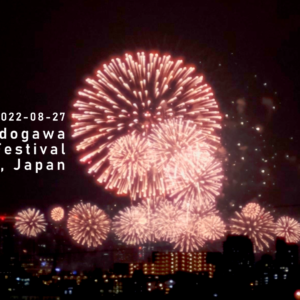Fujifilm X100V and X-E4 Head to Head
The Fujifilm X100V and Fujifilm X-E4 are both digital cameras with similar features. They have identical image quality because they share the same 26.1MP X-Trans BSI CMOS 4 sensorX and X-Processor 4 Image Processor.
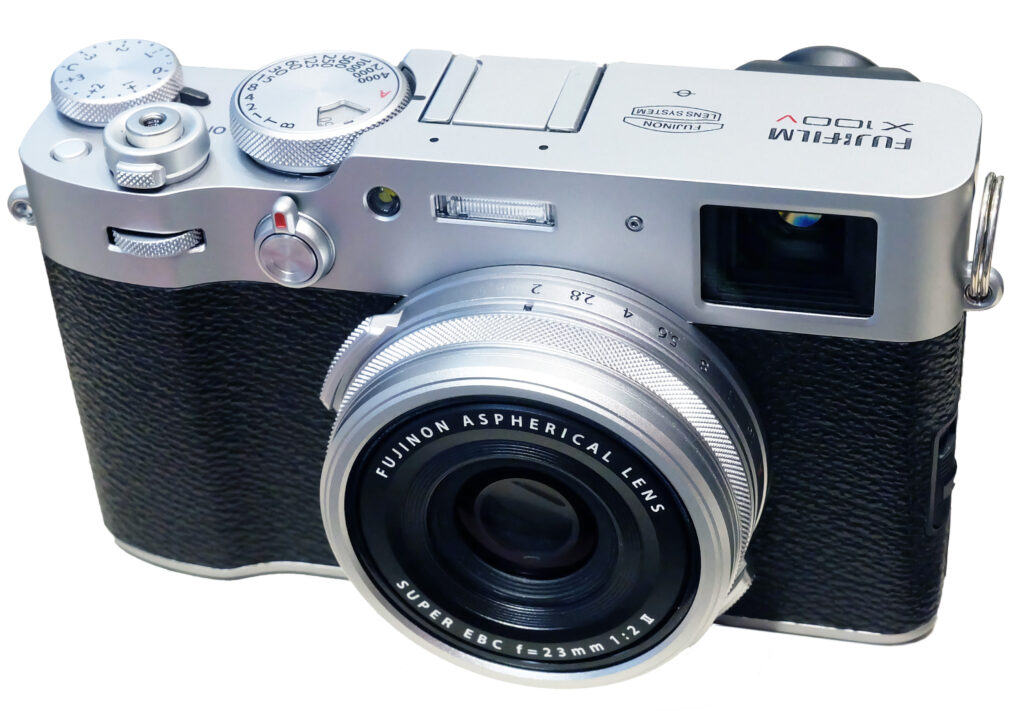
Fujifilm X100V
However, there are some key differences between the two cameras. The X100V has a larger, hybrid electronic/optical viewfinder and a small handgrip. It also has a flash, a longer exposure time of 56s, a silent focus motor and an ND filter built into the lens. The X100V has a fixed lens, while the X-E4 has an interchangeable lens mount. The X100V would be advantageous if you want a compact, pocketable camera and you’re happy shooting at a constant focal length. But the X-E4 would be better if you want versatility exploring different lenses and focal lengths. The X-E4 is less expensive and has a slower slow-motion rate of 240 fps compared to 120 fps on the X100V.
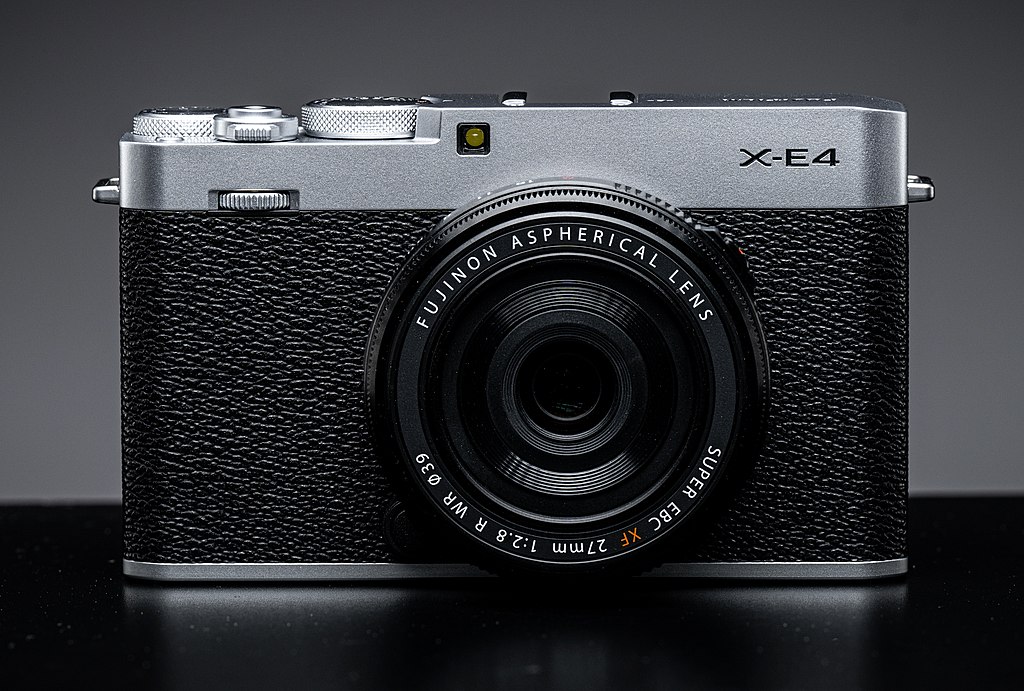
Fujifilm X-E4
In terms of size and weight, the X-E4 is 7mm narrower, 2mm shorter, and 20mm thinner than the X100V. The X-E4 is also significantly lighter at 114g compared to the X100V. Additionally, the X100V is weather sealed (splashproof) while the X-E4 is not. Both cameras have LCD screens with the same diagonal size.
Choosing the Fujifilm X-E4
I choose the Fujifilm X-E4 because it suited my needs better than the X100V. I had just come from a fixed lens camera, the SONY RX100M3. One of the limitations of that camera is that it can’t take portraits with a shallow depth of field isolating the subject and blurring the background with creamy bokeh. This is also very hard to achieve with the X100V, even though it has a very versatile and accurate lens. Although you can get more subject isolation than the SONY RX100, it won’t stand out as a creamy bokeh portrait. In order to achieve that look, you need a different lens.
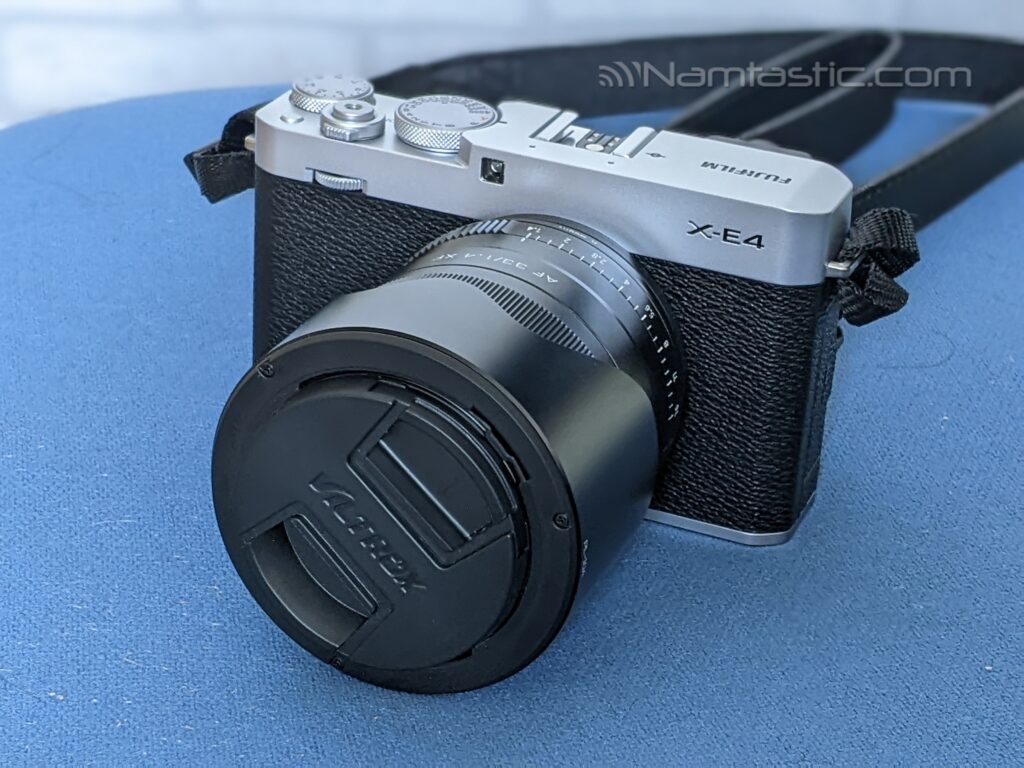
Fujifilm X-E4 with Viltrox 33mm F1.4 Lens
The first lens I bought with my X-E4 was the Viltrox 33mm F1.4. This gave me exceptional subject isolation and exactly the look I was after. But, it didn’t stop there. I bought an M42 adapter and a vintage Asahi Pentax Takumar SMC 55mm lens. On the APS-C sensor of the X-E4, this gives me an equivalent 85mm lens. A very popular length for portraits.
Additionally, the X-E4 has an LCD screen that flips over the top into selfie mode. I like to take selfies and I like to use the LCD as a monitor when taking video, so that was an advantage for me. I wasn’t so interested in the other features of the X100V like an ND filter, weather sealing and an optical viewfinder. If any of these are a must for you, you’re better off looking for an X100V or something similar.
About the Fujifilm X-E4
The Fujifilm X-E4 is a lightweight, rangefinder-styled camera built around a 26MP APS-C sized sensor that uses the company’s X-mount lineup of lenses. It is the fourth in the XE series and successor to the Fujifilm X-E3, which came out in 2017. The X-E4 boasts Fujifilm’s fourth-generation Trans IV X-Processor and 26.1 megapixels with 425 autofocus points that go all the way to -6EV for low light shooting. It has a slim body without a prominent handgrip, making it stylish from a minimalist perspective.
The X-E4 offers the versatility of using Fujifilm’s wide range of lenses. With the use of a mount adapter, you can also enjoy photography with vintage lenses. It also features a tilting screen which sits flush with the rear of the camera when folded and extends over the top of the camera allowing you to shoot photos or videos selfie style. Unfortunately, Fujifilm makes no claims of any weather resistance on the X-E4.
Overall, the Fujifilm X-E4 is an attractive, compact camera with a faux leatherette body that feels nice, a magnesium alloy top plate and a solid build. It offers great image quality and fast autofocus and auto exposure performance. Its retro, throwback style and dial based control is sure to please fans of rangefinder cameras and is an especially good match with X-mount prime lenses.


